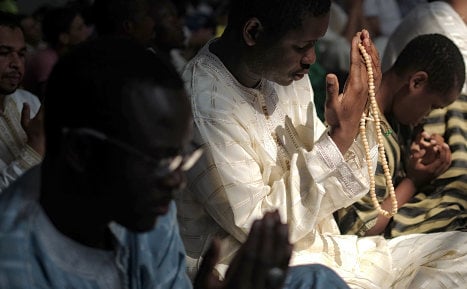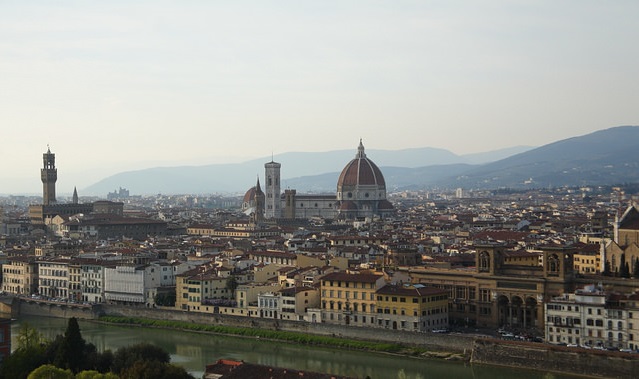Dario Nardella spoke about possible locations for the new mosque during a meeting at the city's Islamic Centre; the first time a mayor of the city had visited a place of worship.
He also spoke about workplace bans on Islamic head-coverings and the importance of the Italian constitution at the meeting, which was organized following a historic pact on 'Italian Islam' signed last month. As part of the pledge, the country's Muslim community promised to “reject all forms of violence and terrorism”, with prayers in mosques to be held in Italian.
Nardella promised to “get to work identifying a temporary solution” to the region's lack of mosques before the month of Ramadan, which begins on May 27th this year.
“The right to pray is fundamental, and enshrined in the Italian Constitution,” he said.
However, despite the fact that city authorities first pledged to find space for a 'mega-mosque' last April, Nardella admitted that suitable premises had not been found, and that a temporary structure may be put in place for Ramadan.
The Islamic Centre where the meeting took place is a 400-metre squared former garage, one of just three Muslim places of worship in Florence and the only one in its historic centre.
Muslims are often forced to pray on the streets during Friday prayers, a situation Nardella said was “frankly humiliating”.
Florence's Imam, Izzedin Elzir, told The Local last year that the lack of adequate places of worship was “a pretty terrible situation – it's bad for our image as a mosque and bad for the image of the city too.”
He said that even introducing two separate prayer sessions on Fridays hadn't been enough to accommodate the city's Muslim community.
The new building would be “neither too uncomfortable nor invasive”, the mayor said, and he criticized the suggestion that the mosque's construction should be subject to a public referendum.
The idea of such a referendum was supported by Northern League party members and follows attempts in the northern regions of Lombardy and Liguria to pass regulations limiting the construction of new religious buildings. These were dubbed 'anti-mosque laws', seen as targeting Muslims due to the fact that Islam is the only major religion not officially recognized in Italy, despite being the country's second largest religious group.
Italy is home to 1.7 million Muslims and the country has over 700 mosques, according to figures from Istat, the national statistics agency.
But the lack of official status means Muslims organizations are not eligible for funding through the Italian law that allows taxpayers to allocate part of their taxes to a religious group of their choice.
After the Italian government began a clampdown on clandestine mosques last year, Muslims staged demonstrations protesting their freedom to worship. Since then, the government has made efforts to work together with Muslim leaders and experts to improve integration and shape an 'Italian Islam'.
Veil ban
A local woman at Tuesday's meeting also told Nardella her experience of being rejected from a job over her choice to wear the Islamic veil.
She said she was not allowed to work in a public library, despite having lived in Florence for years and having seven years' experience working in libraries.
“The cooperative I work for wanted to extend my services to another library, but its director said no, because I wear the veil and he didn't think it was right to show religious symbols in a public environment,” said the 27-year-old woman, according to the Firenze Post.
Earlier this week, a landmark ruling from the European Court of Human Rights said that companies would not be discriminating against employees if they banned religious symbols.
It was the first time the EU court had addressed the issue of wearing headscarves at work, and was related to two cases in Belgium and France.
READ ALSO: How Italy plans to shape an 'Italian Islam'

People pray during a celebration of Eid al-Fitr marking the end of the fasting month of Ramadan in a gymnasium in Saluzzo, near Turin in July last year. Photo: Marco Bertorello/AFP






 Please whitelist us to continue reading.
Please whitelist us to continue reading.